Adult acquired flatfoot deformity (AAFD) is a progressive flattening of the arch of the foot that occurs as the posterior tibial tendon wears down It has many other names such as posterior tibial tendon dysfunction, posterior tibial tendon insufficiency, and dorsolateral peritalar subluxation This problem may progress from early stages with A Club foot is a term commonly used to describe an abnormally upright front foot conformation It can be a congenital (born this way) or developmental (acquired early in Although the specific causes are not fully understood, several factors, alone or in combination, may be involved Club foot often accompanies congenital limb deformities, which develop within the mare's uterus and are present at a foal's birth Acquired limb deformities develop later, if a foal's bones and tendons grow at different rates

Congenital Talipes Equino Varus Congenital Clubfoot Dr Imran
Causes of acquired club foot
Causes of acquired club foot- What causes the acquired clubfoot?The metatarsus is a group of bones in the middle section of the foot Each foot has five metatarsal bones, each connected to the phalanges of the toes Metatarsus adductus refers to a condition where the metatarsal bones are turned toward the middle of the body This causes a visible deformity, and both feet are often affected




World Clubfoot Day Over 150 000 Babies Are Born With Clubfoot Each Year Physiospot Physiotherapy And Physical Therapy In The Spotlight
The cause of club foot is currently idiopathic, or unknown However, researchers do have a few theories about what causes the condition These include Genetics It is believed that the condition is sometimes caused by a genetic abnormality If there is a family history of club foot, then your child is more likely to also have it Club foot is one of the most common deformities in the horse world Horses affected with club foot develop a flexural deformity of the coffin joint, due to a shortening of the musculotendinous unit that starts high up in the limb and inserts on the coffin bone in the foot, resulting in an upright conformation of the footClub Foot a Neuromuscular Disease J Handelsman, M Badalamente Developmental medicine and child neurology 19 Corpus ID In order to test the possibility that neuromuscular abnormality is the fundamental cause of congenital club foot, a total of 90 Expand
The causes of clubfoot may be damage to the foot bones and distal metaepiphysis of the shin bones, burns, acute and chronic inflammatory processes, flaccid and spastic paralysis, etcIn some cases, adult acquired flatfoot can also be caused by an injury or tear to the ligaments of the foot An injury to the middle of the foot, called a Lisfranc injury, can cause the foot to become flat This injury may be very painful Injuries to the back of the foot and fractures of the bones in the foot can also cause flatfoot to develop A Fresh Look at the Causes of Navicular Disease;
The cause can be due to intrauterine compression (large baby, abnormally shaped or small uterus, or abnormal intrauterine fluid levels) Intrinsic This type is commonly more severe, rigid and the calf muscle is smaller The foot may be smaller and there can be a bone deformity of the talusVictims of cerebrovascular accidents and traumatic brain injury commonly develop this neurogenic deformity The plantarflexed and inverted foot position results from an imbalance of forces about the hindfoot due to exaggerated muscle tone and hyperactive stretch reflexes Club foot can be mild or severe It can be treated successfully without surgery but in some severe cases, surgery is required Club foot is the most common birth defect affecting the legs as it occurs in 1 to 4 of every 1,000 live births especially in firstborn children and males Cause of Club foot The causes of club foot is unknown
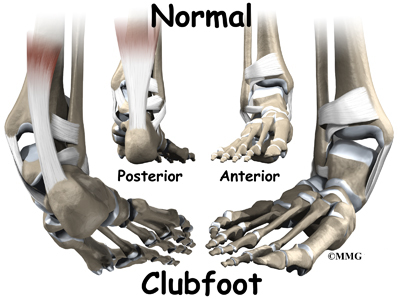



Clubfoot Eorthopod Com
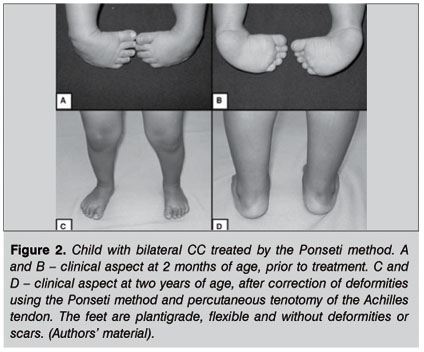



Scielo Brasil Pe Torto Congenito Pe Torto Congenito
When a club foot conformation is acquired in the adult horse, it is almost always secondary to an underlying cause or disease, such as an injury that results in a nonweight bearing lameness, excessive trimming of the toe resulting in solar pain, chronic The exact cause of clubfoot is unknown, but doctors agree that a family history of clubfoot increases the likelihood that a child will be born with the condition Also, mothers who smoke and drink summary Acquired Spastic Equinovarus Deformity is a progressive foot deformity most commonly seen in patients following a cerebrovascular accident or traumatic brain injury Diagnosis is made clinically with presence of a spastic equinovarus foot deformity in a patient with a prior CVA or TBI Treatment is an initial trial of observation with bracing
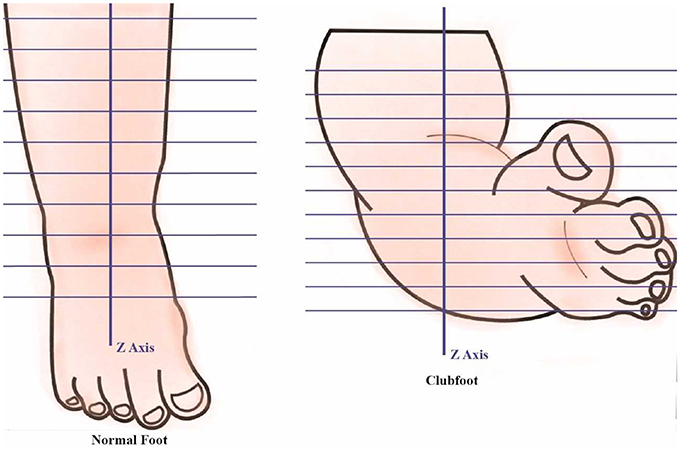



Frontiers Developing A Three Dimensional 3d Assessment Method For Clubfoot A Study Protocol Physiology
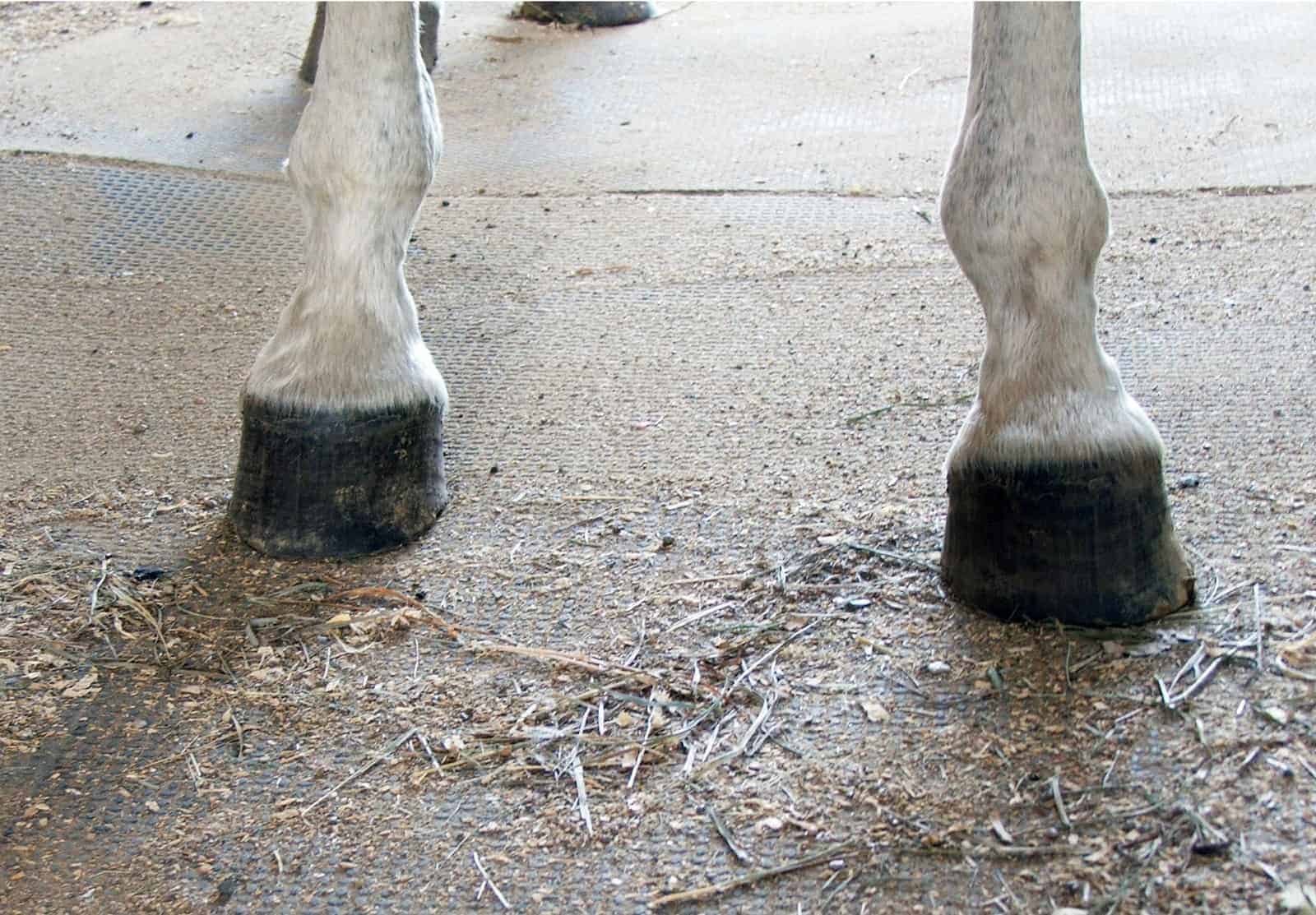



Club Foot Heritability In Horses The Horse
When acquired as the result of overwork, of contracted tendons, or other causes, however, the gait becomes stumbling and uncertain The bodyweight is transferred from the heels to the anterior parts of the foot, and the shoe shows undue signs of wear at the toe Causes of clubfoot Acquired Clubfoot in 64 Year Old Hi! The thinking is that the toorich diet causes developmental orthopedic disorders (DOD), and the pain from these problems leads to abnormal loading of one or more limbs, which then gets the club foot ball rolling Adult horses can also develop a club foot as a result of pain or injury that causes alterations in the loading patterns on their feet




Clubfoot Wikipedia




Clubfoot Wikipedia
Foot deformities are a heterogeneous group of congenital and acquired conditions involving structural abnormalities or muscular imbalances that affect the function of the foot The deformities are classified according to clinical appearance The most recognizable congenital foot deformity is the clubfoot deformity, which is characterized byClubfoot in children is a persistent congenital or acquired pathology of the development of the foot and ankle In girls, this orthopedic disease is observed 2 times less frequently than in boys The etiology of clubfoot in children is quite complex, and doctors continue to research in this directionAcquired equinovarus has neurogenic causes (eg, poliomyelitis, meningitis, sciatic nerve damage) and vascular causes (Volkmann Ischemic Paralysis) This review will concentrate on the treatment of the idiopathic equinovarus deformity , which will be referred to as clubfoot




Pdf Modified Lambrinudi Arthrodesis For The Acute Treatment Of Neurogenic Clubfoot A Case Report




Congenital Talipes Equino Varus Congenital Clubfoot Dr Imran
Meningocele, flatfoot, muscular dystrophy, arthrogryposis, fibular hemimelia, clubfoot, and limb length discrepancy, can produce equinus deformity Acquired deformities from poliomyelitis, trauma, burns, and limb lengthening can also cause equinus In adults, equinus can occur because of immobilization after trauma, lack A cavus foot (also called pes cavus) is one that has a very high arch The problem with having a higharched foot is that it places too much weight on the ball and heel of the foot This alteration in your foot's weightbearing surface can often lead to pain and instability Cavus foot is often present at birth, although it can develop at any ageThe origin of the term "clubfoot" is unclear because it bears little resemblance to the clubfoot deformity in children referred to as congenital talipes equinovarus4,5 Presumably, the term was coined to describe the upright or straight tubular appearance of the foot, where there is little expansion of the




A Rigid Bilateral Clubfoot In A Patient With Spina Bifida B Note The Download Scientific Diagram
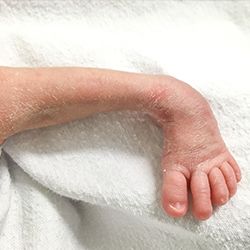



Clubfoot Causes And Treatments Palos Hills And Mokena
Neurogenic clubfoot is caused by an underlying neurologic condition For instance, a child born with spina bifida A clubfoot may also develop later in childhood due to cerebral palsy or a spinal cord compression Syndromic Clubfoot Syndromic clubfoot is found along with a number of other clinical conditions, which relate to an underlying syndromeFlexor tendon disorders are associated with postural and foot changes, lameness, and debility They may be congenital and therefore identified in newborn foals or acquired at an older age Uterine malposition, teratogenic insults (arthrogryposis), and genetic defects have been either implicated or proved to cause contracted limbs in newborn foalsClub foot is almost always _____ and due to fast growing animals consuming high planes of nutrition acquired Club foot is caused by the _____ pulling P3 back and rotating it under the horse



2
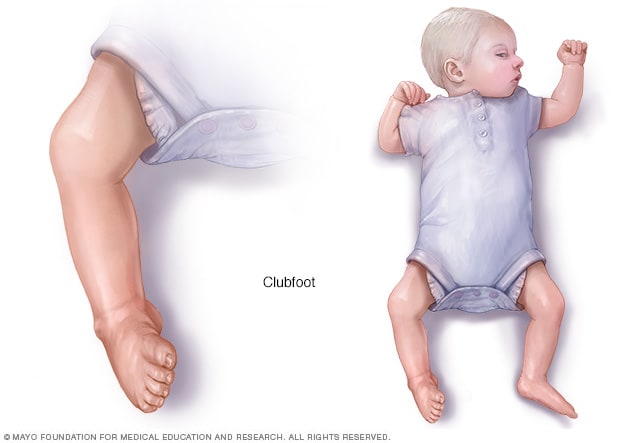



Clubfoot Symptoms And Causes Mayo Clinic
Doctors don't know what causes it, and there's no way to ensure that your baby won't be born with it But some things make clubfoot more likely They include Gender Twothirds of babiesAnd acquired, or developed over time A club foot can have significant repercussions on Acquired clubfoot, unspecified foot Billable Code M is a valid billable ICD10 diagnosis code for Acquired clubfoot, unspecified foot It is found in the 21 version of the ICD10 Clinical Modification (CM) and can be used in all HIPAAcovered transactions from ↓ See below for any exclusions, inclusions




The 17 Abjs Nicolas Andry Award Advancing Personalized Medicine For Clubfoot Through Translational Research Springerlink
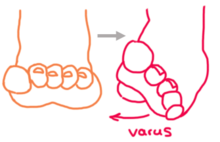



Clubfoot Wikipedia
The equine club foot is defined as a hoof angle greater than 60 degrees What we see externally as the equine clubbed foot is actually caused by a flexural deformity of the distal interphalangeal joint (coffin joint) Causes include nutritional issues, heredity, position in the uterus or injury The condition is most often encountered in young animals and can be either congenital (they areClaw foot is so named because of the abnormal appearance of the affected foot A patient with this condition has a deformity in which the toe joint nearest to the ankle bends upward and the other toes bend downward in a fixed contracture A claw foot is not necessary harmful and may not require treatment, but it can cause pain, result in development of other troubling disorders, or beThese codes can be used for all HIPAAcovered transactions Billable M Acquired clubfoot, right foot Billable M Acquired clubfoot, left foot Billable M Acquired clubfoot, unspecified foot The codes listed below are in tabular order from M2154




The Adult Sequelae Of Treated Congenital Clubfoot Foot And Ankle Clinics
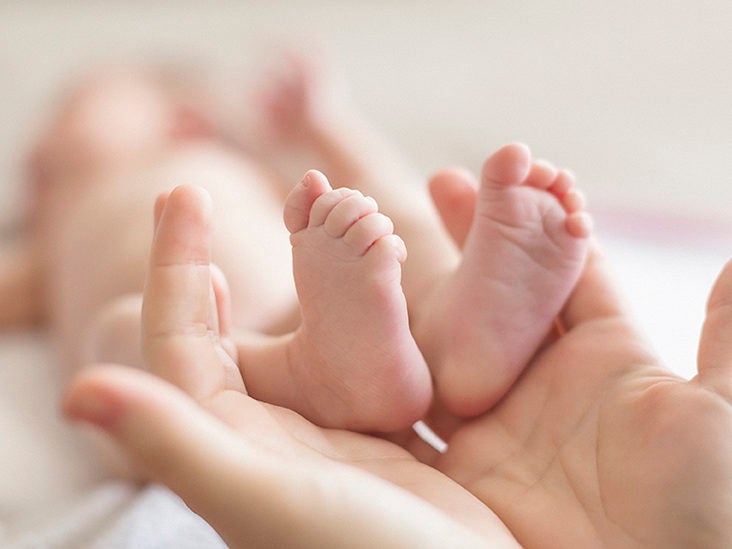



Clubfoot Repair Treatments Procedure Outlook
Causes of a foot deformity Foot deformities can be acquired or congenital Lifestyle habits Acquired foot disorders may arise because of wearing illfitting footwear, such as hammertoes and bunions, or because of gaining a lot of weight swiftly (bone spurs) Injury If you've broken one or several toes, for example, you are more likely than others to develop a conditionCavovarus foot deformity, which often results from an imbalance of muscle forces, is commonly caused by hereditary motor sensory neuropathies Other causes are cerebral palsy, cerebral injury (stroke), anterior horn cell disease (spinal root injury), talar neck injury, and residual clubfoot In Cavovarus Deformity of Foot is the name given to a condition in which an individual has both high arches in the feet as well as a heel which is turned inwards Know the causes, symptoms, diagnosis and treatment of cavovarus deformity of foot




Clubfoot Foot And Ankle Deformities Principles And Management Of Pediatric Foot And Ankle Deformities And Malformations 1 Ed




Flatfoot Pes Planus Treatment Symptoms Shoes
Caused by abnormal contraction of the deep digital flexor tendon, a club foot puts pressure on the coffin joint and initiates a change in a hoof's biomechanics Telltale signs of a club foot may include an excessively steep hoof angle, a distended coronary band, growth rings that are wider at the heels, contracted heels, and dished toes Most horses only have one club foot, but itI was born in 1955 with small feet and extremely high arches, especially in my right foot Fast forward to 15, when I fell, while sitting on a bike, sideways onto the concrete I shattered my left hip and received a total hip replacementClub foot may be associated with myelodysplasia, arthrogryposis or many other congenital abnormalities but is more commonly an isolated idiopathic birth defect
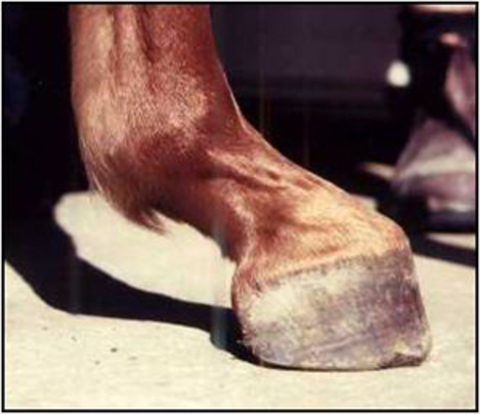



Gboqvfbspwv4km




Role Of Parents Carers In Clubfoot Physiopedia
Diastematomyelia 4 Posttraumatic causes of acquired talipes equinovarus 1 Spinal or sciatic nerve damage 2 Lower leg trauma or laceration 3 Volkman's contracture 4



Clubfoot Orthoinfo os



Clubfoot Orthoinfo os




Recognizing And Managing The Club Foot In Horses Horse Journals




Equinovarus Foot Pediatrics Orthobullets



Clubfoot Symptoms Stages Definition Description Demographics Causes And Symptoms Diagnosis
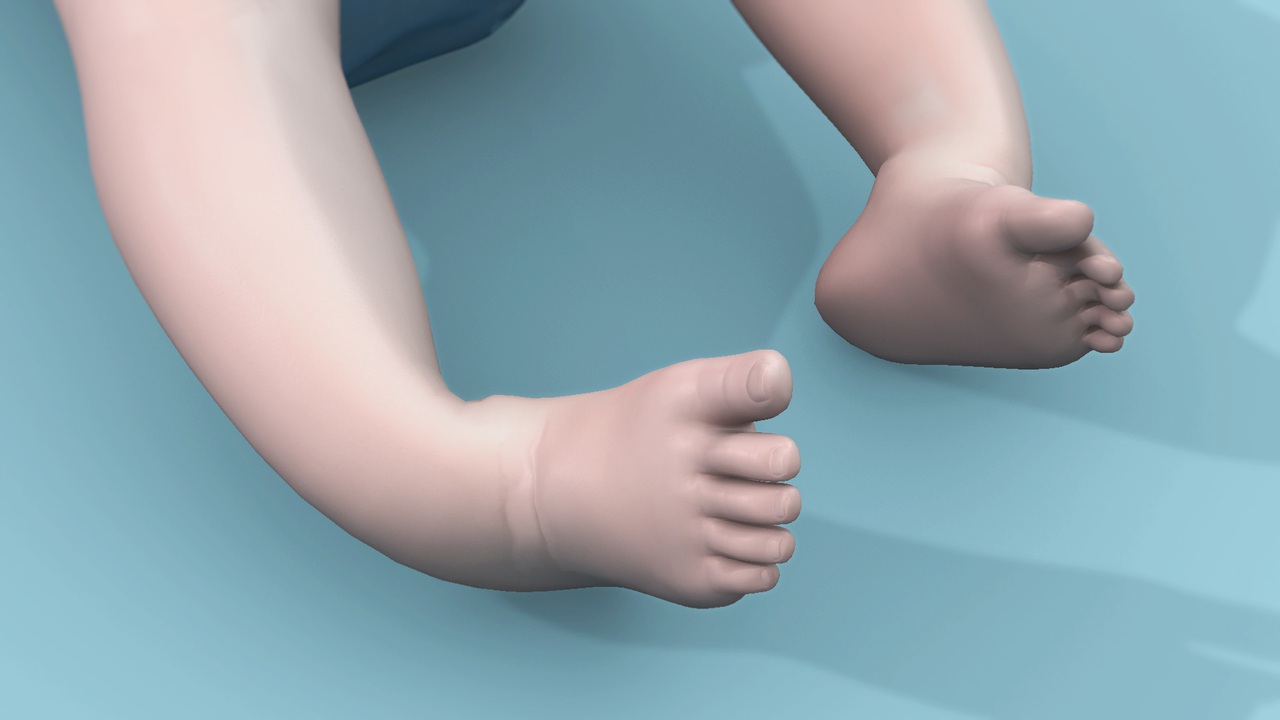



Clubfoot Causes And Treatments Palos Hills And Mokena
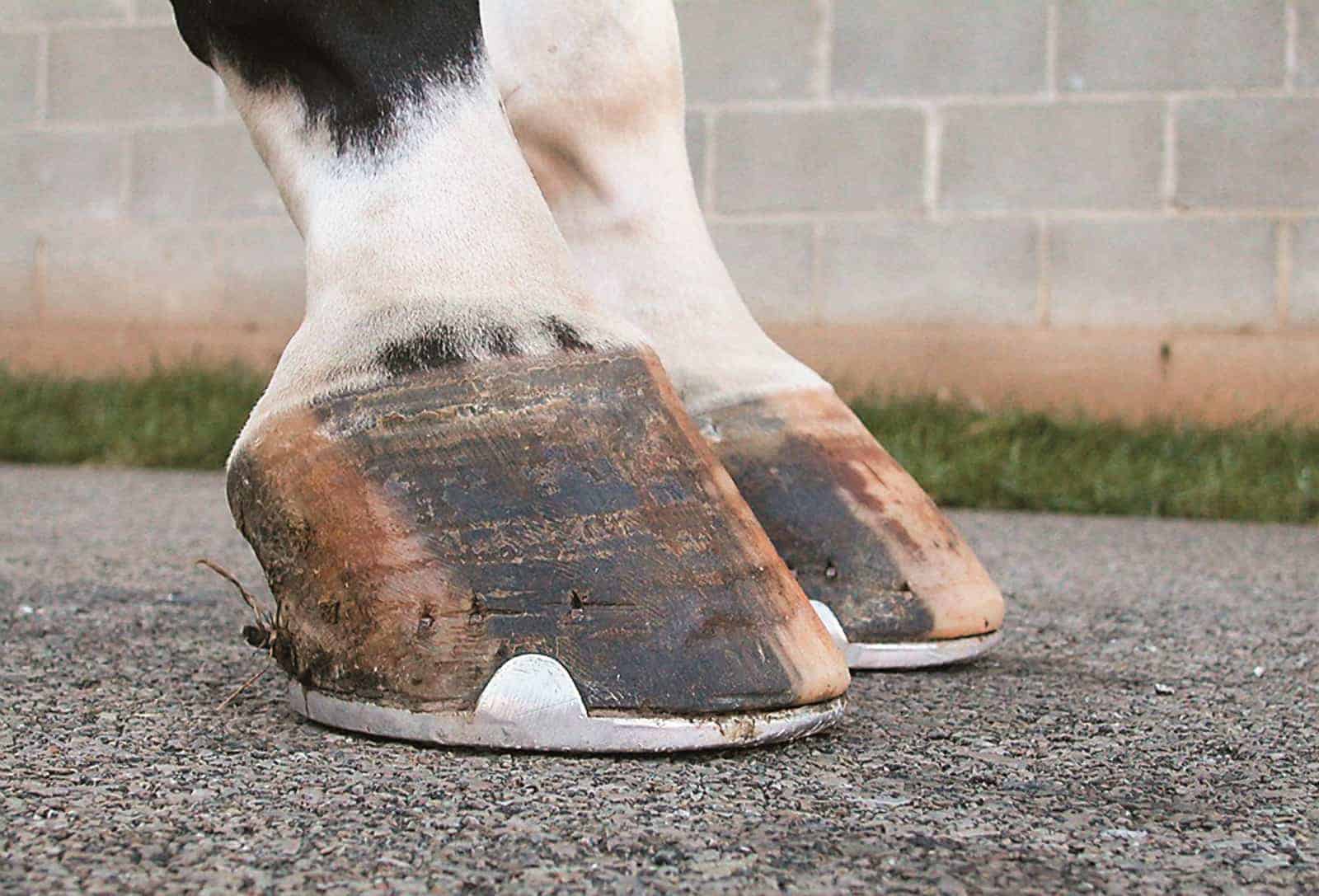



Managing The Club Foot The Horse



Clubfoot Orthoinfo os
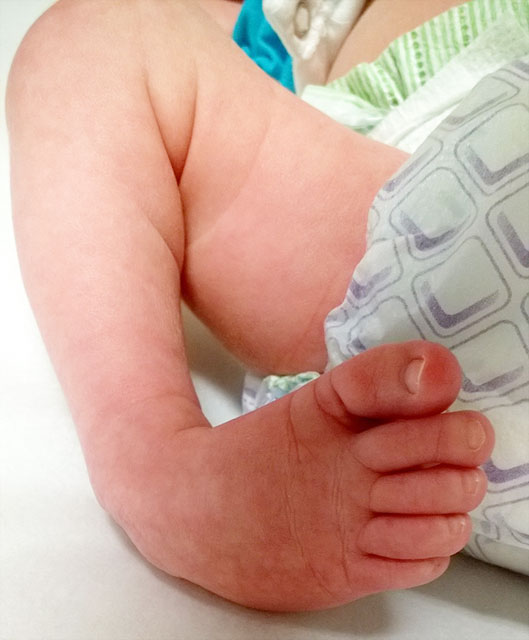



Clubfoot Johns Hopkins Medicine
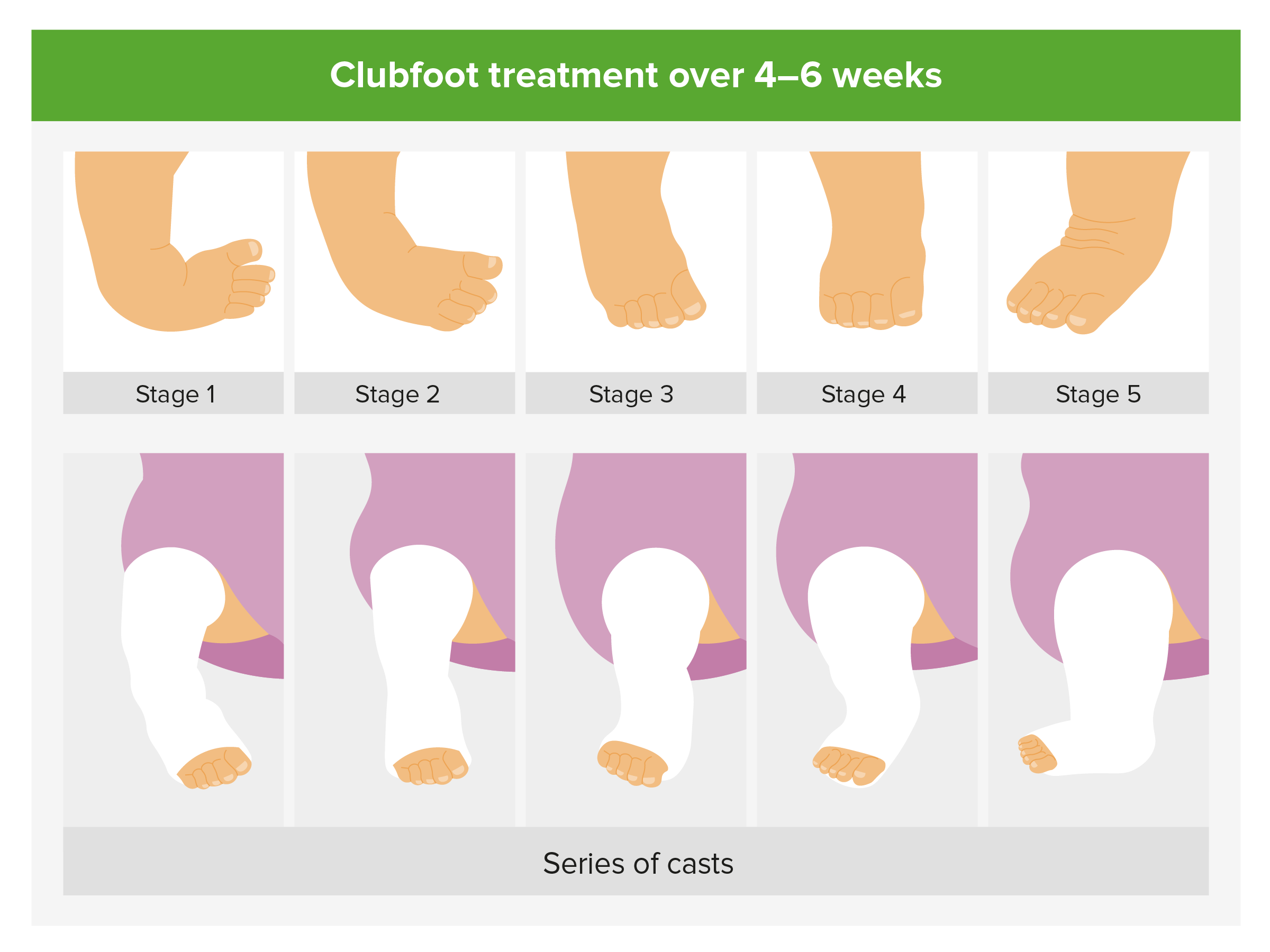



Foot Deformities Concise Medical Knowledge




Ballerina Syndrome Where The Heels Remain Off The Ground Even At The Download Scientific Diagram



1
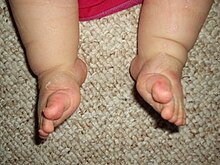



Clubfoot Wikipedia




Orthopaedic Management Of Spina Bifida Part Ii Foot And Ankle Deformities Journal Of Children S Orthopaedics
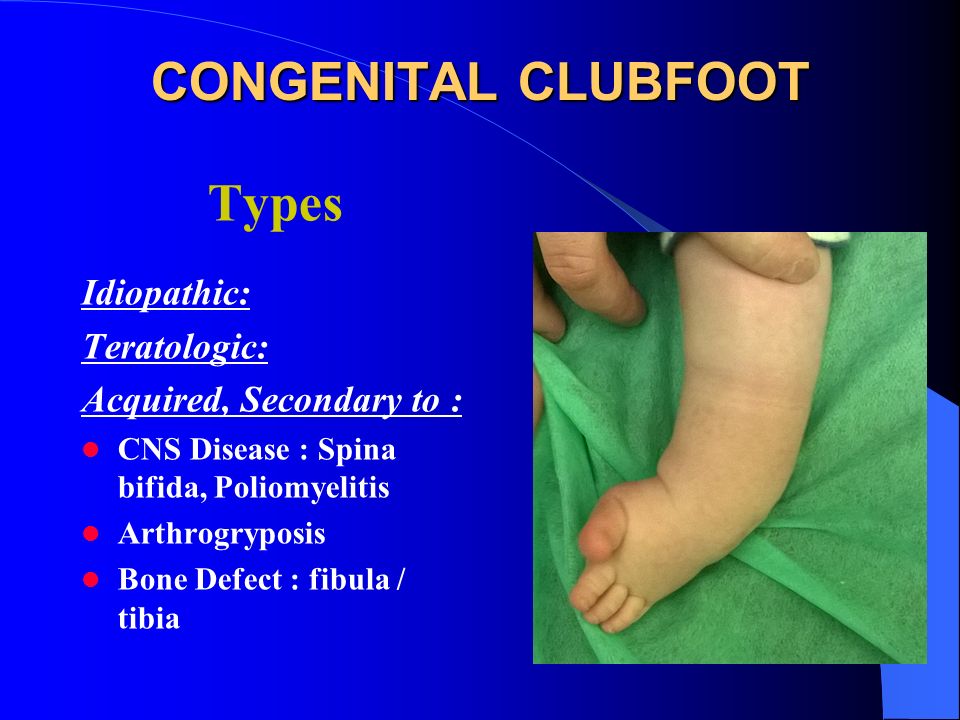



Congenital Clubfoot Congenital Talipes Equino Varus Ppt Video Online Download




Cavus Foot High Arched Foot Acfas




Clubfoot Boston Children S Hospital




Meningomyelocele With Unusual Feet Deformity Combination A Report Of A Rare Case Sciencedirect




Challenging Clubfeet The Arthrogrypotic Clubfoot And The Complex Clubfoot Journal Of Children S Orthopaedics




Congenital And Acquired Neurologic Disorders Musculoskeletal Key
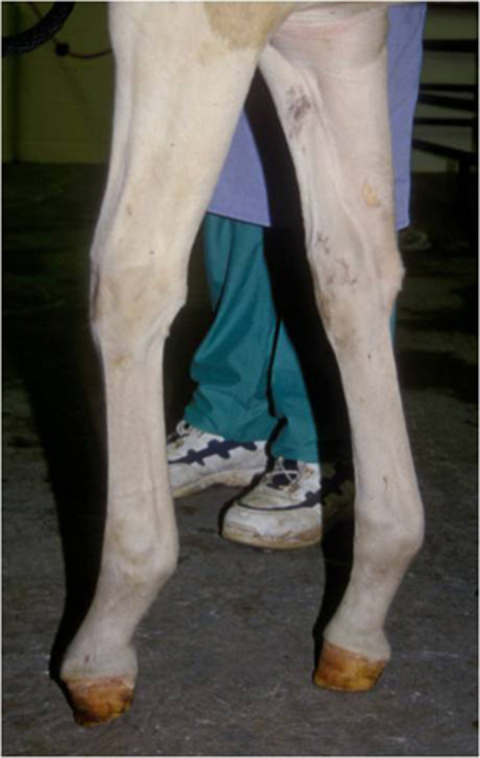



Club Feet In Foals
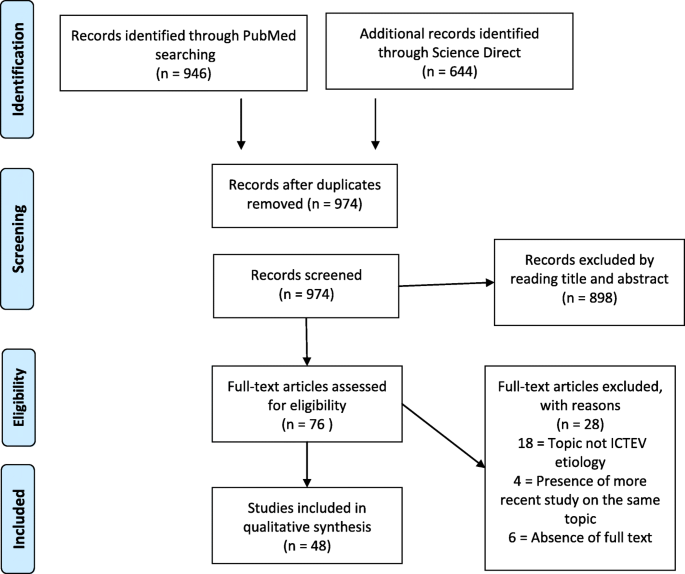



The Etiology Of Idiopathic Congenital Talipes Equinovarus A Systematic Review Journal Of Orthopaedic Surgery And Research Full Text




Scielo Brasil Pe Torto Congenito Pe Torto Congenito
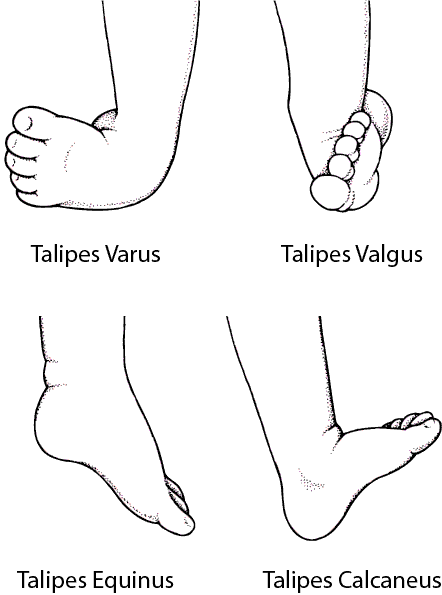



Clubfoot And Other Foot Defects Children S Health Issues Merck Manuals Consumer Version




Pes Cavus Wikipedia




30 Congenital Foot Deformities




Challenging Clubfeet The Arthrogrypotic Clubfoot And The Complex Clubfoot Journal Of Children S Orthopaedics
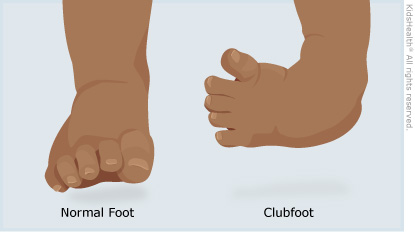



Clubfoot For Parents Nemours Kidshealth
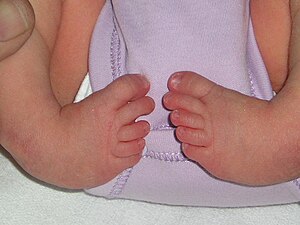



Clubfoot Wikipedia
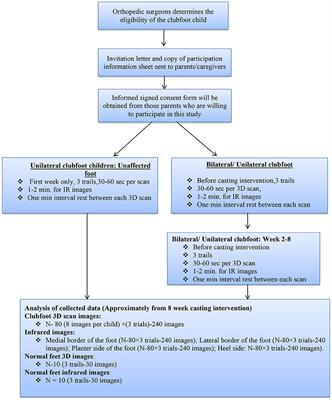



Frontiers Developing A Three Dimensional 3d Assessment Method For Clubfoot A Study Protocol Physiology




Challenging Clubfeet The Arthrogrypotic Clubfoot And The Complex Clubfoot Journal Of Children S Orthopaedics




World Clubfoot Day Over 150 000 Babies Are Born With Clubfoot Each Year Physiospot Physiotherapy And Physical Therapy In The Spotlight




World Clubfoot Day Over 150 000 Babies Are Born With Clubfoot Each Year Physiospot Physiotherapy And Physical Therapy In The Spotlight
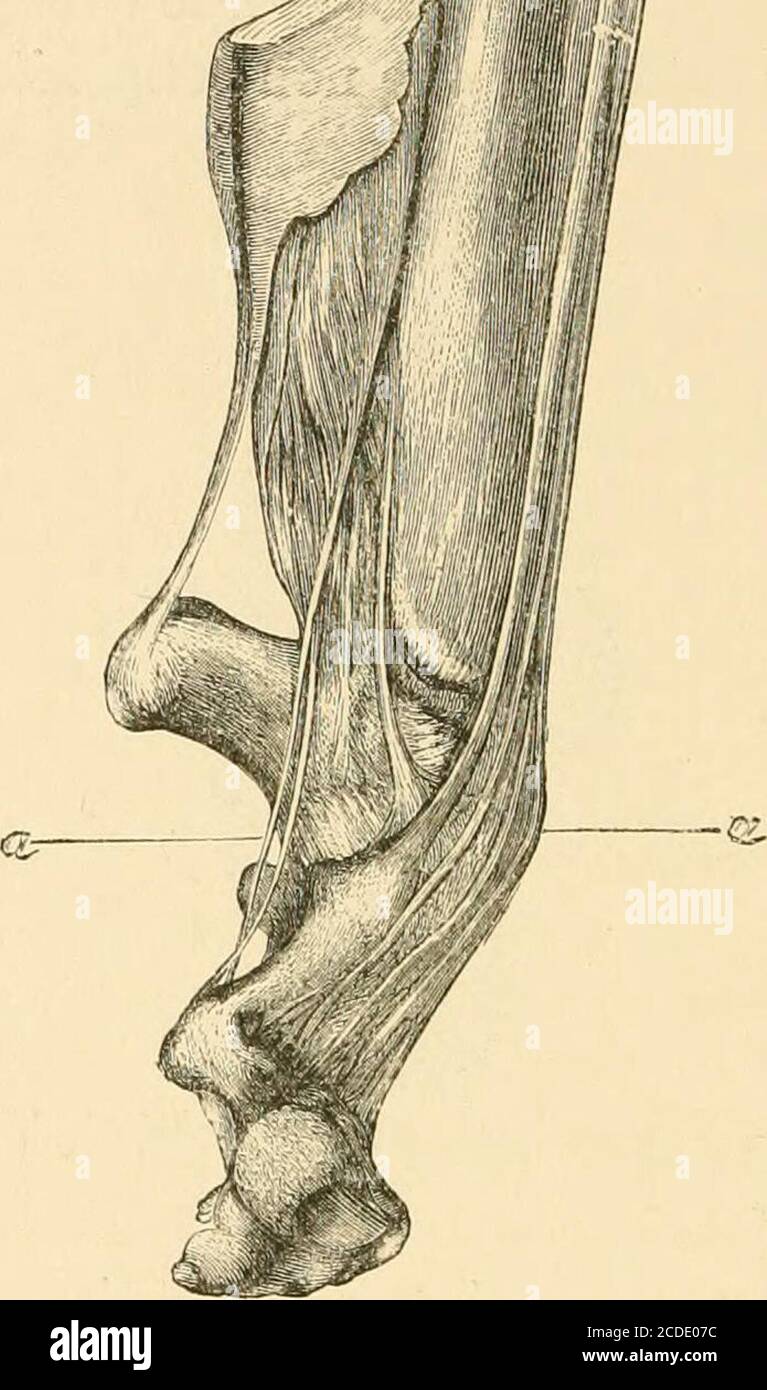



The Surgical Treatment Of The Common Deformities Of Children Fig 66 Acquired Spastic Equinus Club Foot Adams Ties May Arise From A Number Of Different Causes Maf Be Sp
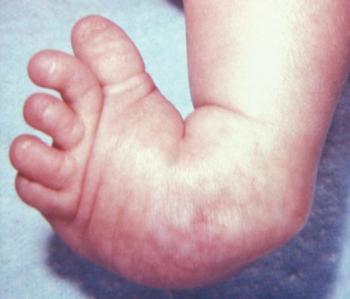



Clubfoot Causes And Treatments
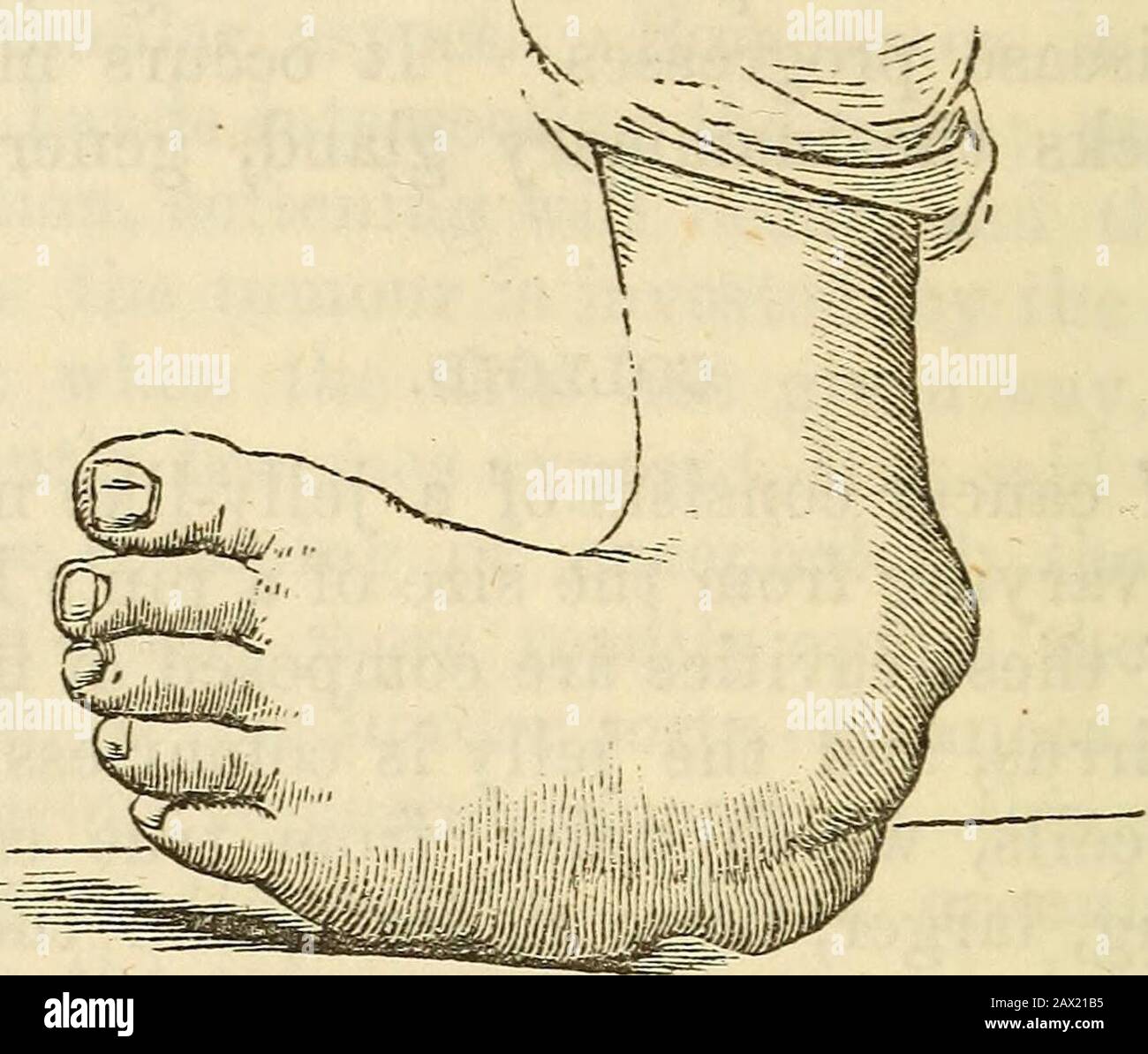



A Hand Book Of Surgery With Fifty Illustrations Ectic Club Foot This Deformity May Be Either Congenital Or Acquired The Con Genital Form Is Dependent Upon Some Disturbance Of The Cerebro Spinal System That Produces
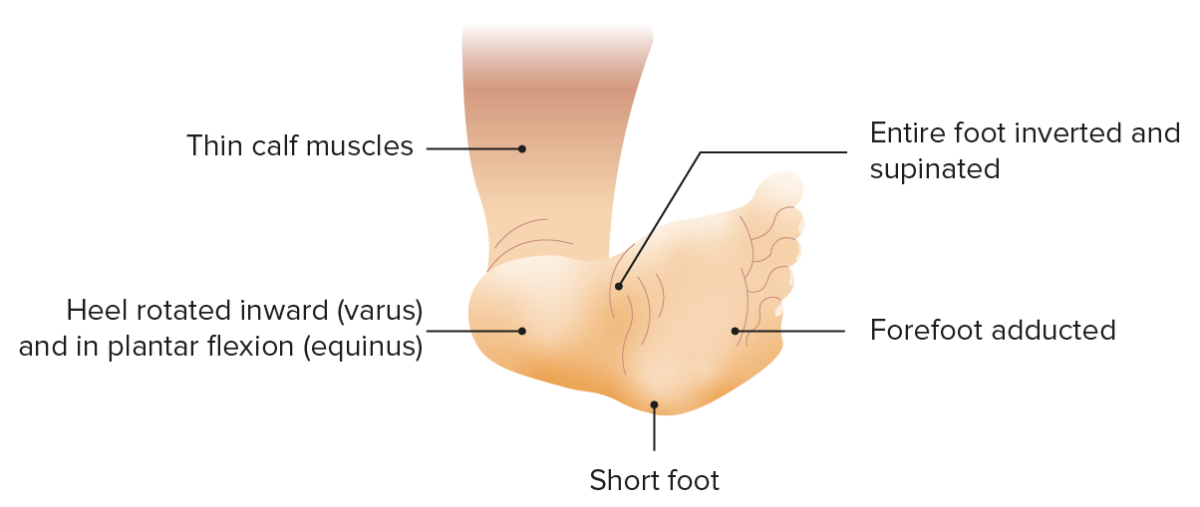



Foot Deformities Concise Medical Knowledge
.jpg)



What Causes Clubbing Of The Fingers Or Toes



Clubfoot Orthoinfo os
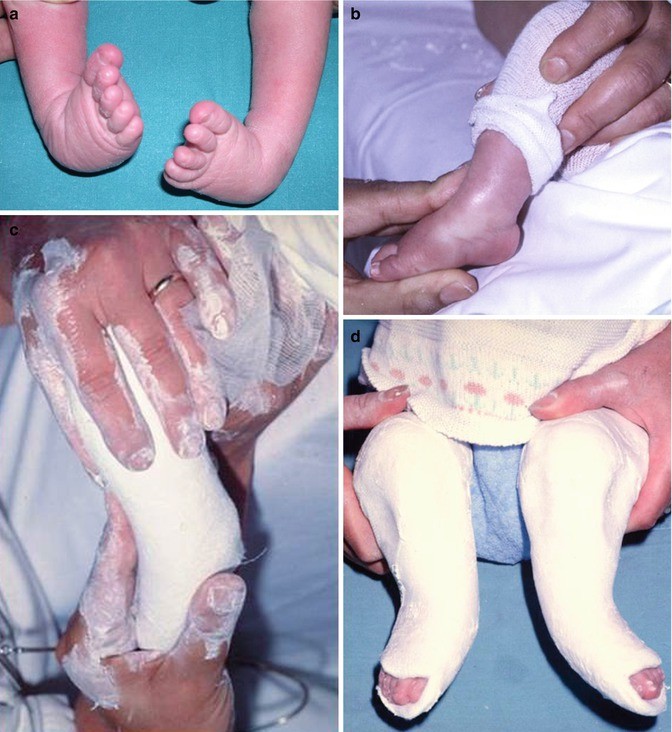



Management Of Clubfoot Springerlink




Recognizing And Managing The Club Foot In Horses Horse Journals




Foot Deformities Knowledge Amboss




Challenging Clubfeet The Arthrogrypotic Clubfoot And The Complex Clubfoot Journal Of Children S Orthopaedics




Congenital And Acquired Neurologic Disorders Musculoskeletal Key



1




Club Foot Congenital Talipes Equinovarus About Club Foot Patient




Jaypeedigital Ebook Reader
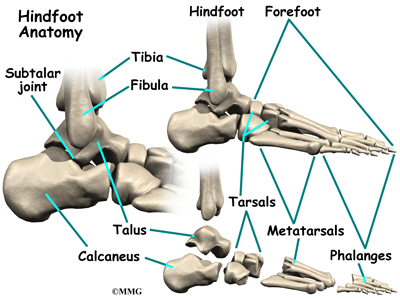



Conditions And Treatments




The Feet Of A Newborn With Congenital Talipes Equinovarus Deformity Download Scientific Diagram




Congenital Clubfoot Www Medicoapps Org




Recognizing And Managing The Club Foot In Horses Horse Journals




Challenging Clubfeet The Arthrogrypotic Clubfoot And The Complex Clubfoot Journal Of Children S Orthopaedics




Club Foot In Horses Symptoms Causes Diagnosis Treatment Recovery Management Cost



Clubfoot Orthoinfo os
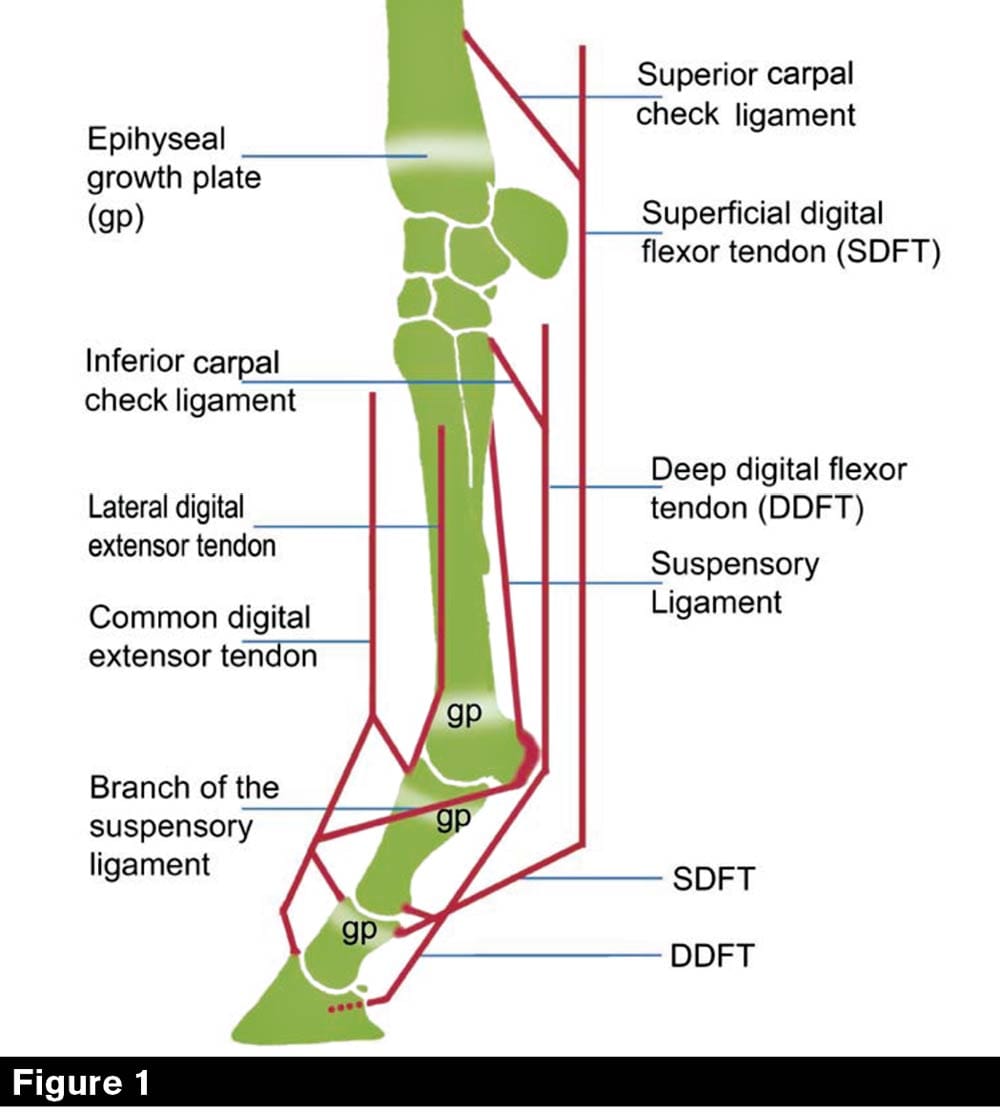



Defining And Fixing A Horse S Club Foot American Farriers Journal




Meningomyelocele With Unusual Feet Deformity Combination A Report Of A Rare Case Sciencedirect



2
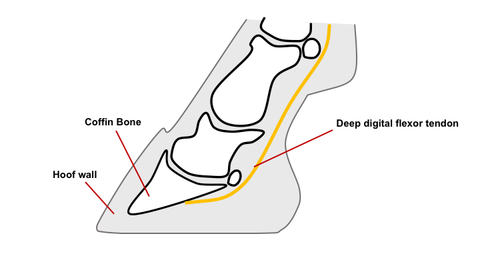



Club Feet In Foals
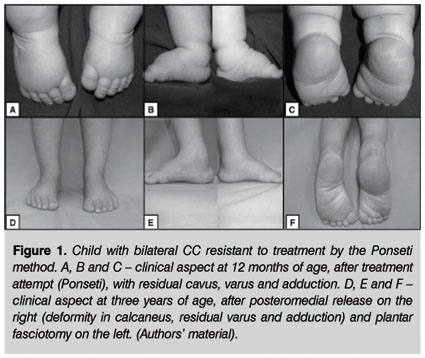



Scielo Brasil Pe Torto Congenito Pe Torto Congenito




Clubfoot Wikipedia
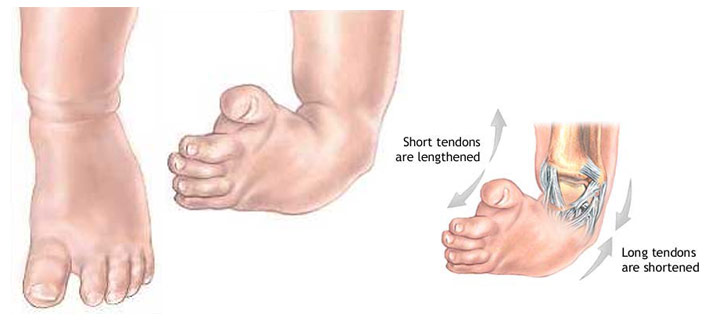



Congenital Talipes Equinovarus Clubfoot Nursing Care Management Nurseslabs




A Rigid Bilateral Clubfoot In A Patient With Spina Bifida B Note The Download Scientific Diagram
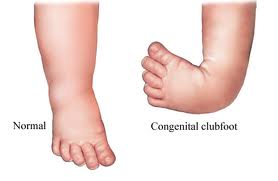



Introduction To Clubfoot Physiopedia




Clubfoot Repair Treatments Procedure Outlook
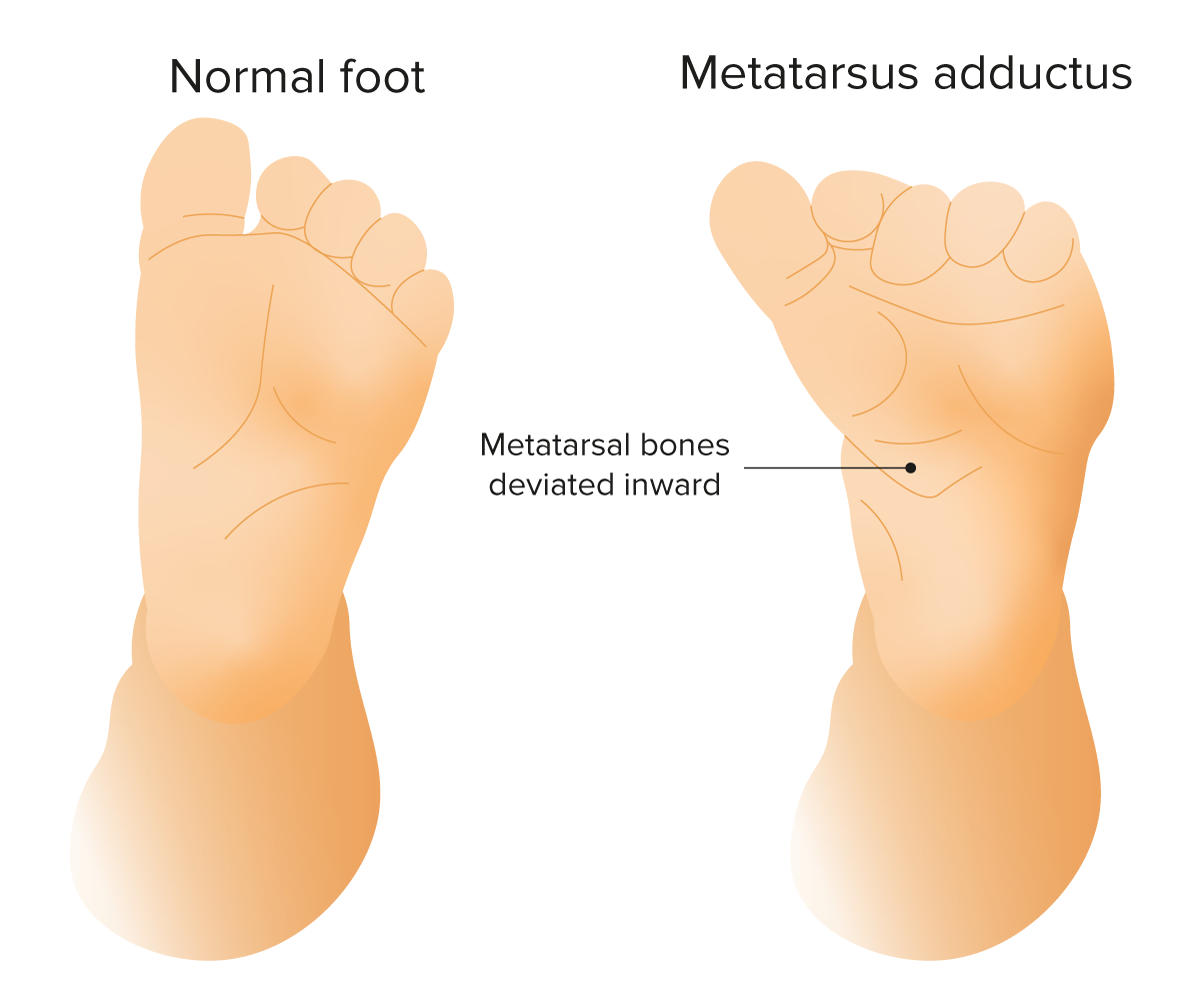



Foot Deformities Concise Medical Knowledge
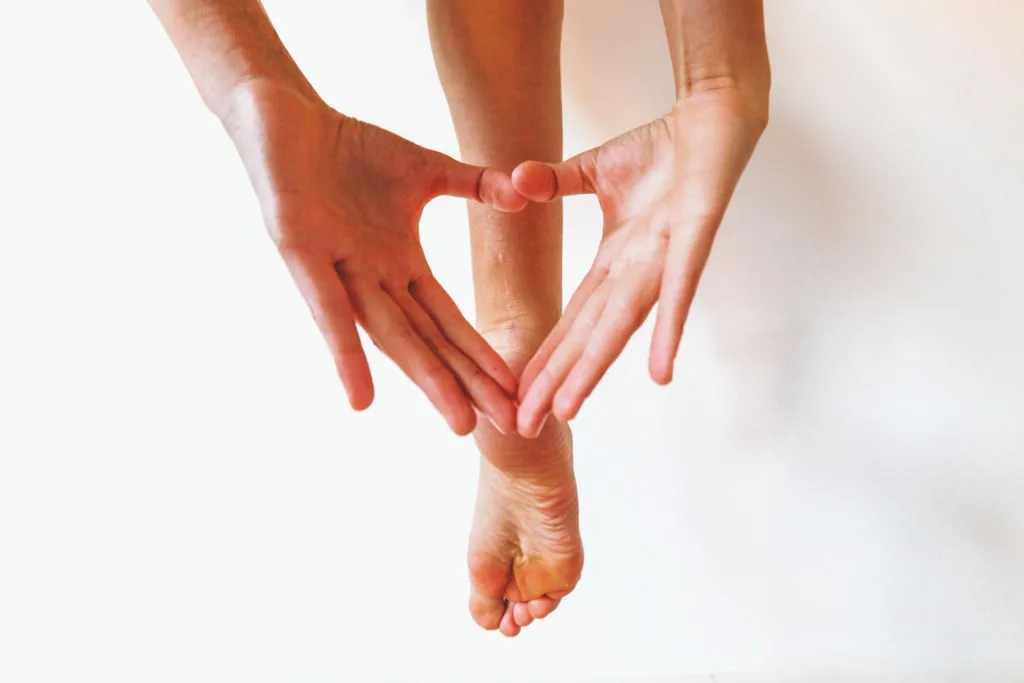



Living With Clubfoot What Shoes I Wear As An Adult




Talipes Equinovarus Clubfoot And Other Foot Abnormalities Pediatrics Merck Manuals Professional Edition



Clubfoot Orthoinfo os
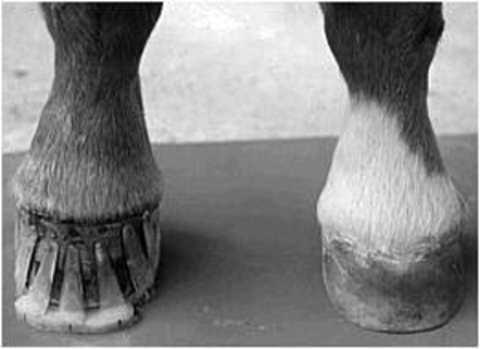



Club Feet In Foals
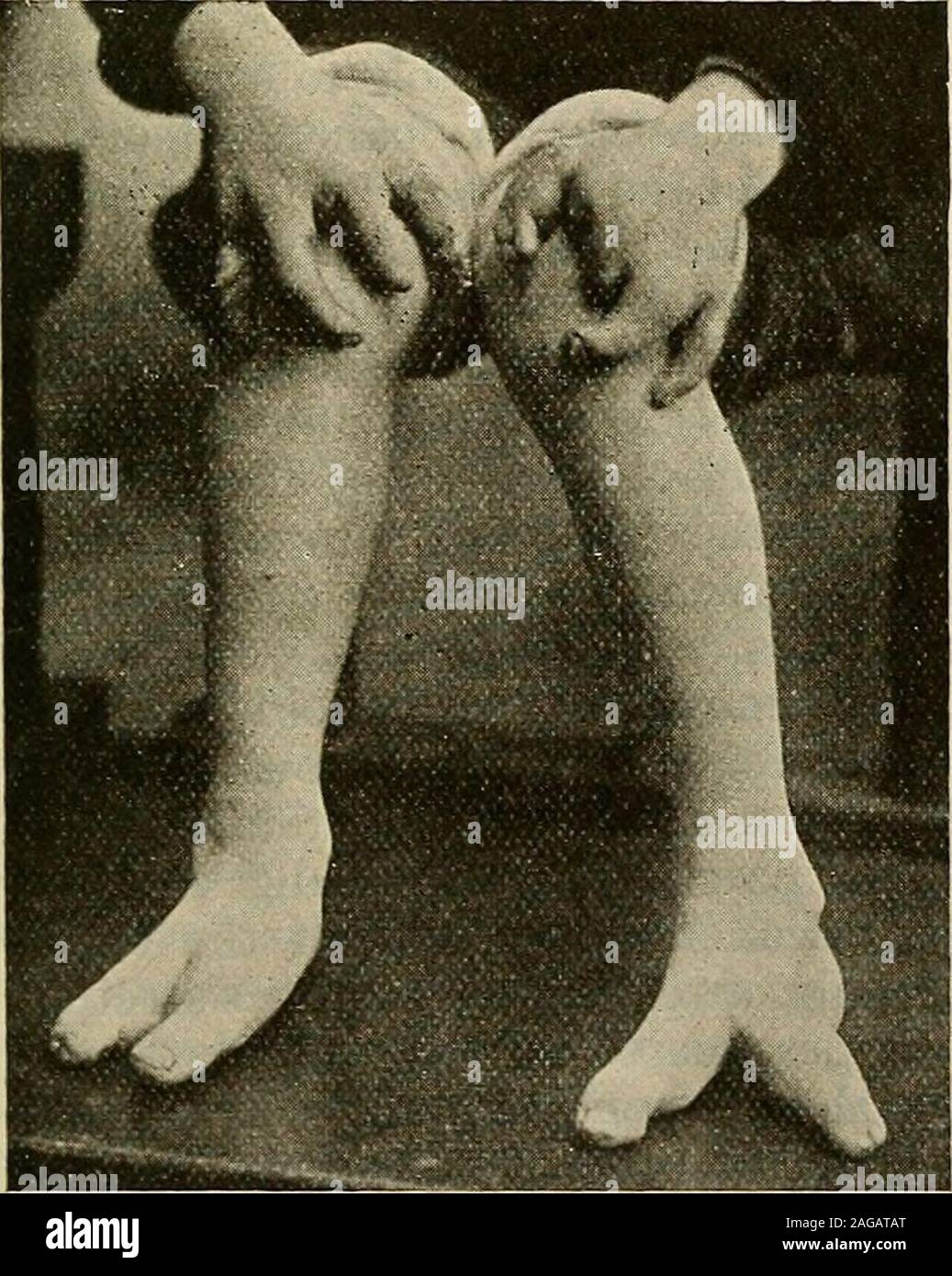



Talipes Valgus High Resolution Stock Photography And Images Alamy



3



1




Challenging Clubfeet The Arthrogrypotic Clubfoot And The Complex Clubfoot Journal Of Children S Orthopaedics




An Analysis Of The Mechanical Properties Of The Ponseti Method In Clubfoot Treatment
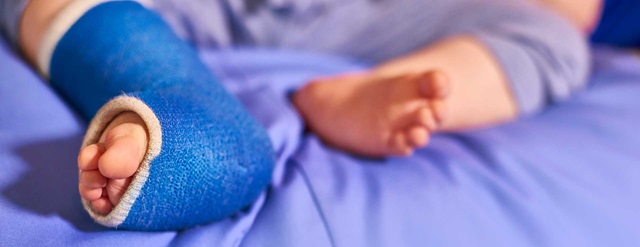



Clubfoot Johns Hopkins Medicine




Understanding Club Foot The Horse Owner S Resource




Clubfoot Orthopaedia
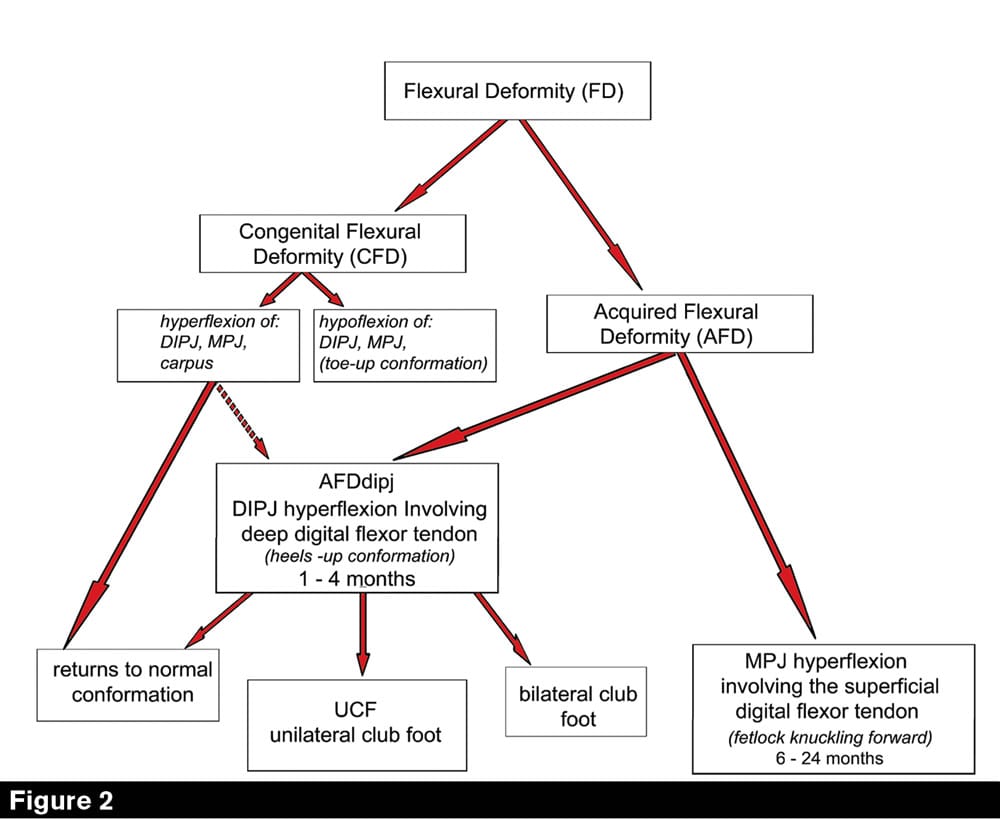



Defining And Fixing A Horse S Club Foot American Farriers Journal




Clubfoot Foot And Ankle Deformities Principles And Management Of Pediatric Foot And Ankle Deformities And Malformations 1 Ed




Relapse Following Use Of Ponseti Method In Idiopathic Clubfoot Abstract Europe Pmc
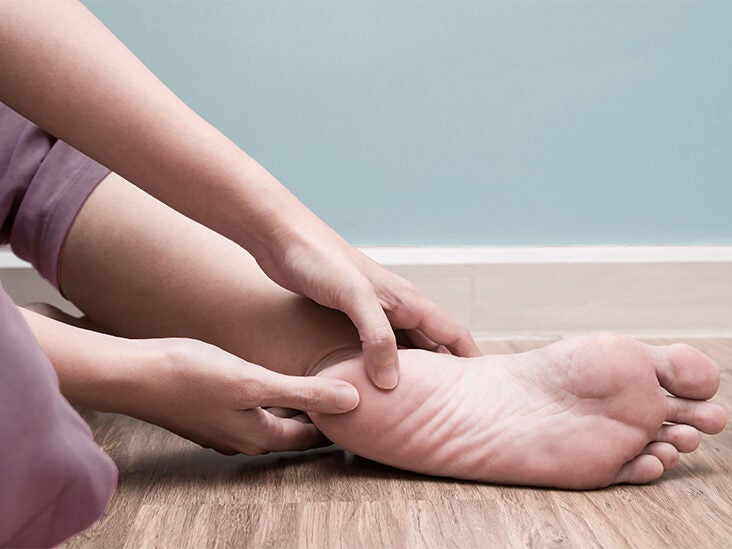



Clubfoot Causes Symptoms And Diagnosis




Foot Deformity At Time Of Delivery In A Premature Infant Photo Quiz American Family Physician
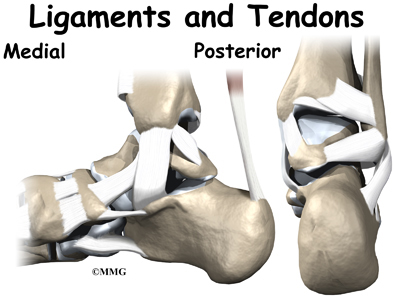



Clubfoot Eorthopod Com




Foot Deformity At Time Of Delivery In A Premature Infant Photo Quiz American Family Physician



0 件のコメント:
コメントを投稿